Road base is a layer of aggregate material such as crushed stone or gravel laid down on top of a layer of subgrade to support a paved road surface. The road base serves several important purposes:
It distributes the load from traffic across the subgrade, preventing the soil from compressing and breaking apart under the weight of vehicles. The larger aggregate particles in the road base spread the load over a wider area.
The road base layer is typically between 4 to 12 inches thick. It is composed of well-graded, crushed aggregate such as gravel or crushed stone. The aggregate particles are usually between 3/4 inch to 1.5 inches in size.
Smaller particles, like sand, are sometimes used at the bottom of the base layer to fill the voids between the larger aggregate pieces. This creates a dense, interlocking structure that distributes loads more efficiently.
Recycled concrete and asphalt can also be used as aggregate in road base, providing an eco-friendly material option. However, the performance of recycled aggregate bases depends on the quality of the recycled material.
The road base serves several important purposes:
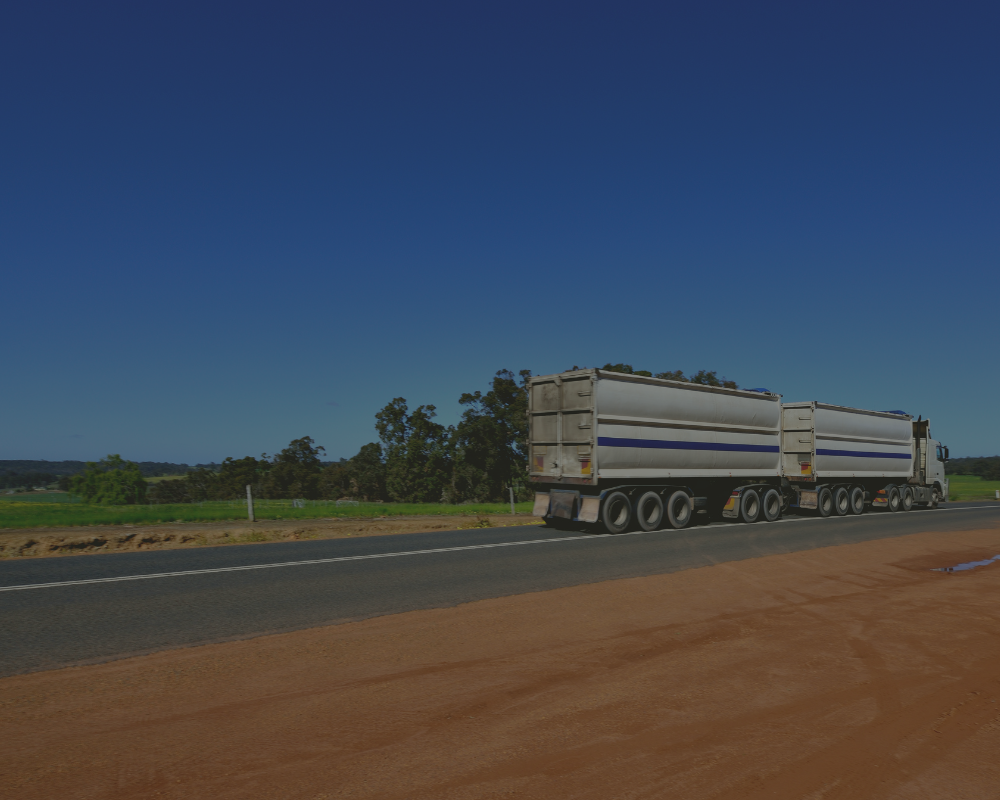
The aggregate particles distribute vehicle loads across a wider area of the underlying subgrade soil. This reduces the pressure imposed on any single point of the subgrade, preventing deformation and failure. By spreading loads over more surface area, the stresses transmitted to the subgrade are lessened. The larger aggregate particles also interlock together, transferring loads between particles and providing a stable foundation for the pavement layers above.
The aggregate base acts as a flexible cushion that can:
Absorb shock
Provide drainage
Resist frost heave
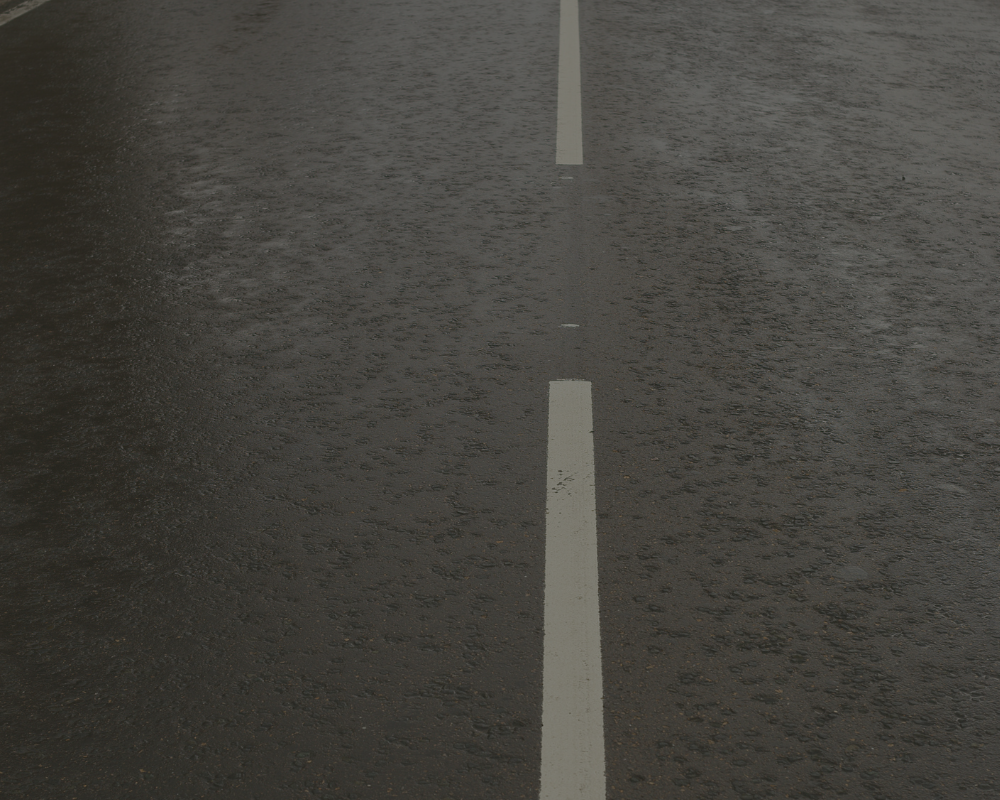
It provides drainage by allowing water to pass through the spaces between the aggregate particles. This prevents water from building up under the pavement and softening or displacing the soil subgrade. The road base acts as a filter to keep soil particles from migrating up into the pavement layers.

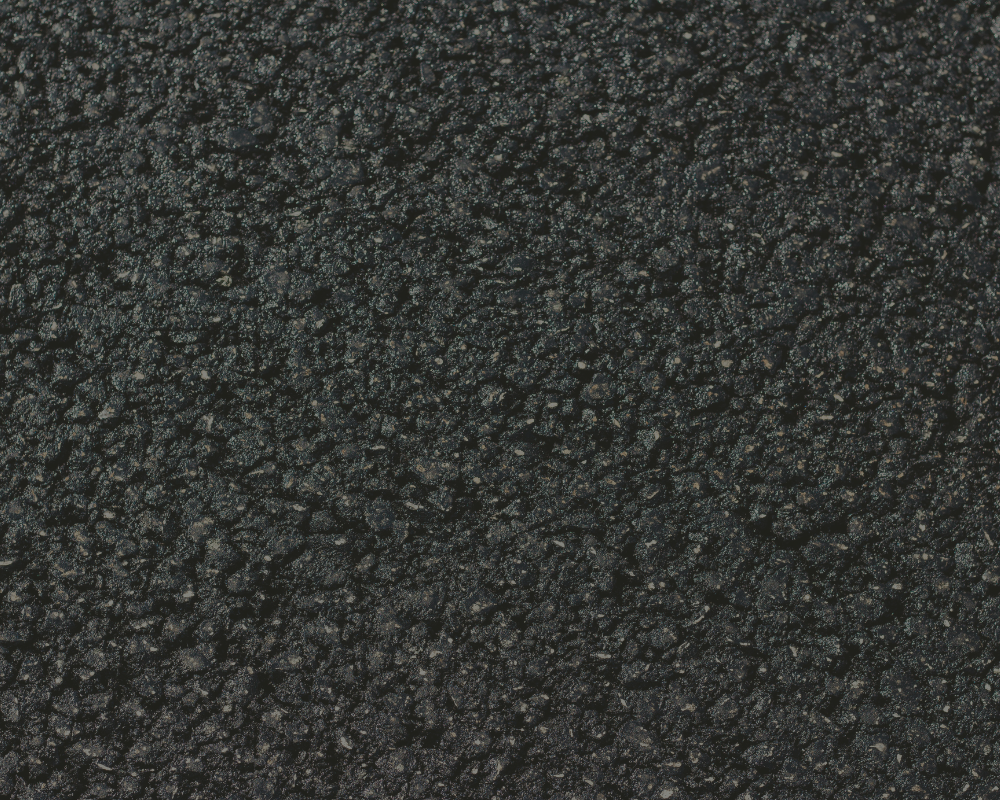
The interlocked aggregate particles resist movement and displacement under loads. The angular and irregular shapes of crushed stone aggregate interlock together when compacted, forming a stable base that distributes loads effectively. In comparison, rounded gravel particles do not interlock as well and tend to roll under load, resulting in less stability.
The aggregate base also provides a stiff layer that spreads stresses from the pavement evenly to the underlying subgrade. Without a proper aggregate base, stresses from traffic loads would be concentrated at localized points on the subgrade. This could lead to deformation and damage of the subgrade over time.
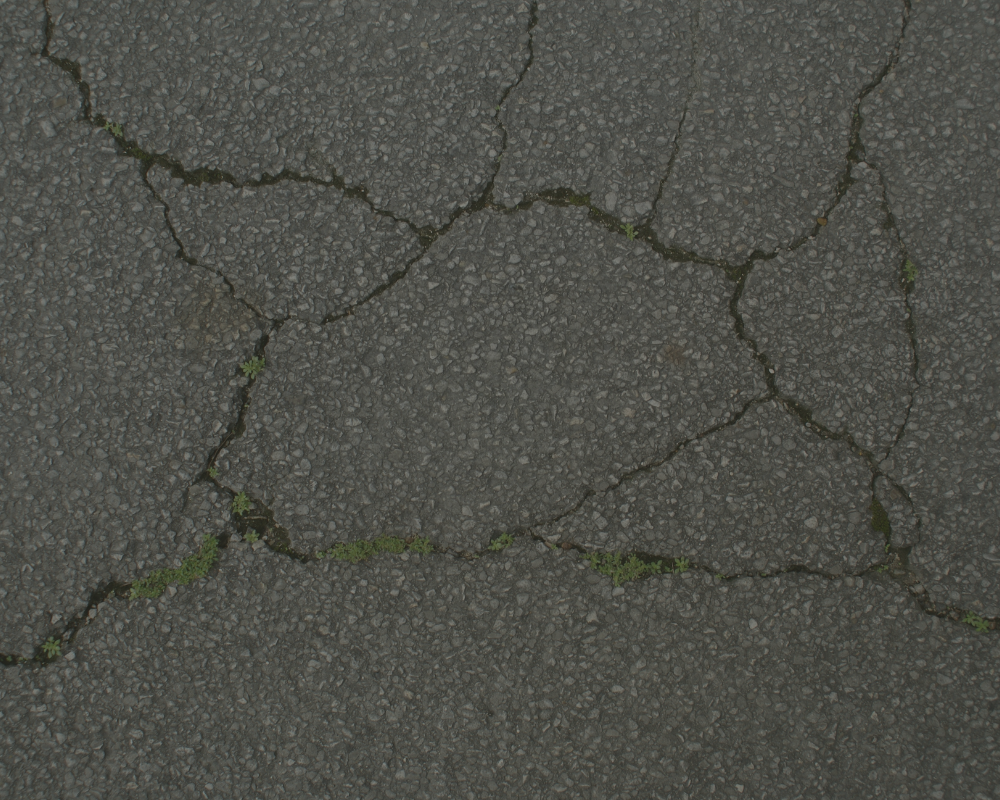
The air voids between the individual aggregate particles within the road base layer allow water and frost to drain away, protecting the subgrade soil beneath from becoming saturated or frozen. This drainage capability helps maintain the stability and load-bearing capacity of the subgrade. Without proper drainage, water can accumulate in the subgrade and weaken it over time by reducing friction between soil particles and causing erosion. Frozen subgrade soils also become unstable and lose strength, making them more susceptible to deformation under traffic loads.

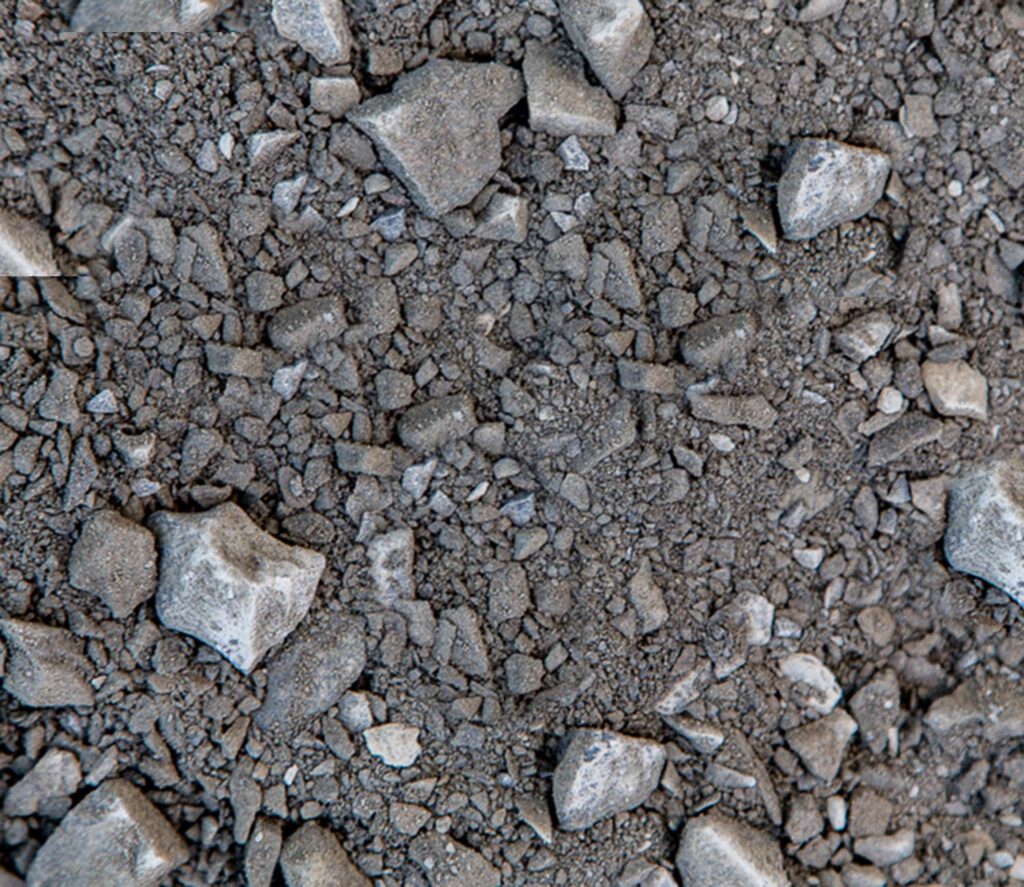
Consisting of crushed rock and gravel, crushed stone is very durable and provides a stable base. It is the most common road base material. Its less common to use on a standard driveway due to use larger pieces and ack of uniformity.
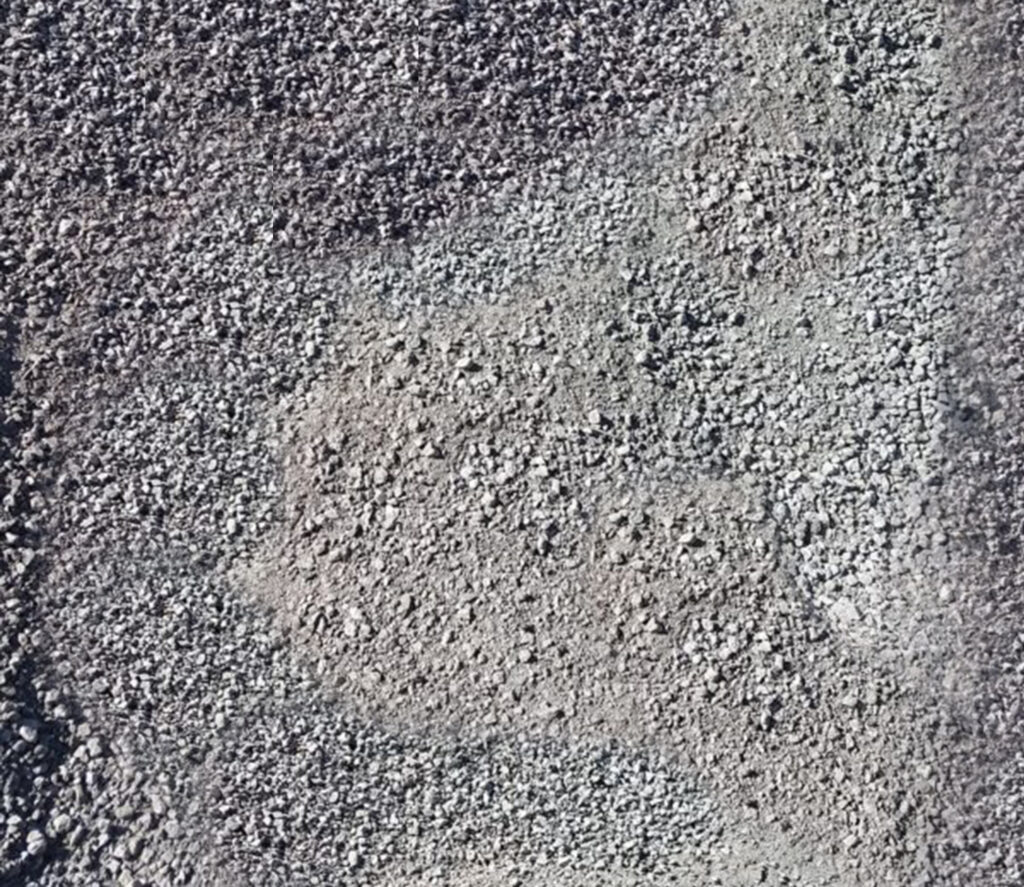
Crusher dust is a byproduct obtained during the crushing process of rocks into smaller particles. It is commonly used in construction and landscaping due to its various benefits with its main use being as a base for paving and as a bedding material. Its less common to use Crusher Dust for roads, more common for resdential driveways

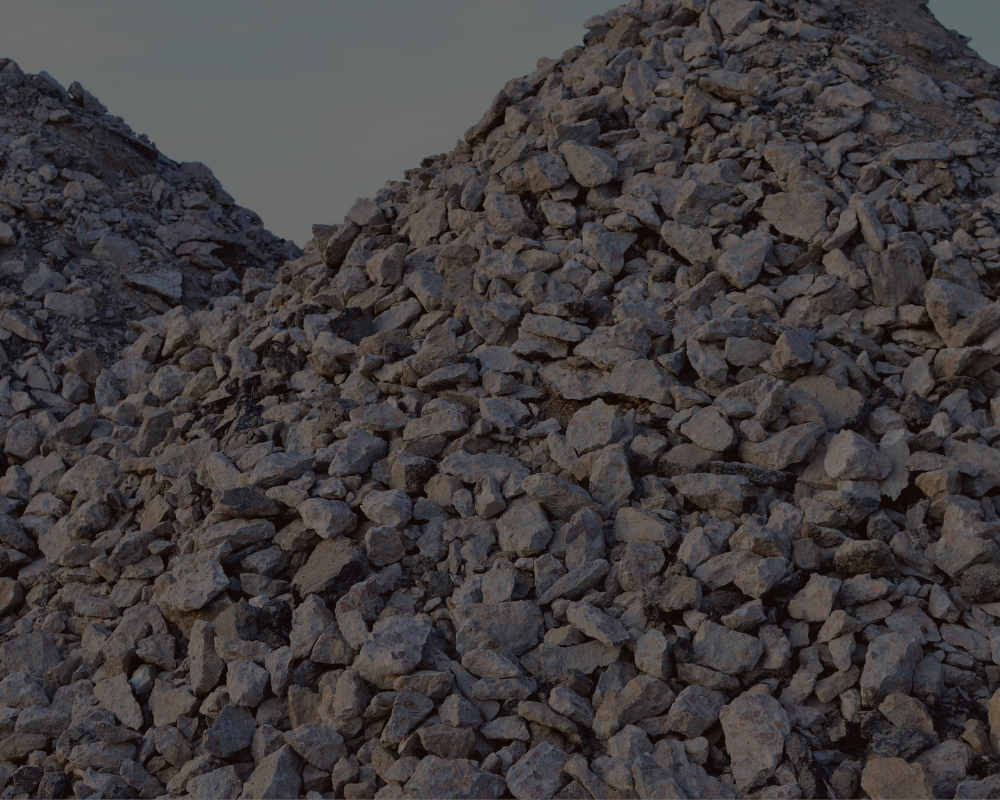
Concrete removed from old roads and structures can be crushed and reused as road base aggregate. This is a sustainable option and usually the cheapest option also.
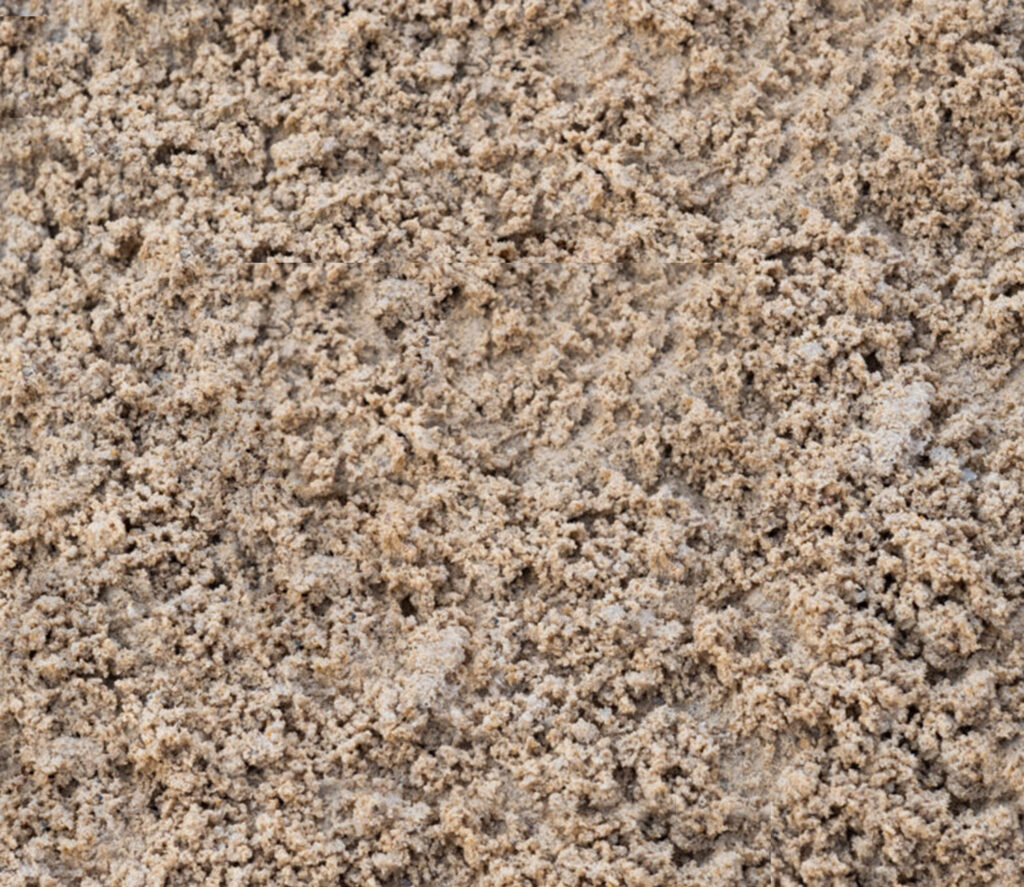
While less common, sand alone or in combination with gravel can be used for road base in some applications. For residential driveways it would be advisable to use a coarser sand to limit dust.

Crusher dust road base differs from crushed stone road base in several ways:
Composition: Crusher dust road base is composed of finer particles of crushed stone that are able to pass through a 9.5mm or 3/8″ sieve. It contains a higher proportion of dust and fines. Crushed stone road base uses larger crushed stone particles ranging from 3/4 to 2 inches.
Compaction: Due to the smaller particle size, crusher dust road base compacts more easily and achieves a higher density. This makes it suitable for thinner road base layers that still provide adequate support and load distribution such as residential driveways. Crushed stone road base requires thicker layers due to its lower density.
Strength: Crusher dust road base provides lower load-bearing capacity compared to crushed stone road base made of larger crushed stone particles. It is best used for lower traffic volume roads, driveways and parking areas. Crushed stone road base is suitable for higher traffic volume roads due to its higher load-bearing strength.
Drainage: The smaller voids between particles in crusher dust road base provide slightly lower drainage compared to crushed stone road base. However, drainage is still adequate in most applications.
Cost: Crusher dust road base tends to be more economical than crushed stone road base due to the lower cost of producing finer particles. It provides a cost-effective base layer option for appropriate applications.
With a simple screen layout and step by step ordering process, ordering sand supplies takes less than under 2 minutes
View and compare prices from nearby Suppliers up front so you can decide what’s best for you
We embody precision. Our drivers have all the information they need to provide a top delivery service
Road base is an essential part of many construction and landscaping projects. The main uses of road base include:
Provides a stable foundation for asphalt, concrete or paver driveways
Helps distribute vehicle loads evenly
Allows water to drain away from the driveway surface
Creates a stable surface for foot and bike traffic
Can be used for natural looking gravel paths around landscapes
Provides drainage for paths and helps prevent erosion
Provides a level surface for patio stones, pavers and flatwork
Helps spread loads from furniture or foot traffic
Can drain water away from patios and walkways
Similar to driveways, a road base layer provides structural support and drainage for the asphalt surface of parking lots. The void spaces in the aggregate allow water to drain away.
Road base can be used to rebuild and reinforce deteriorated areas of existing road bases that have developed ruts, potholes or other damage.
Large road base layers are needed under the thick concrete pavement on airport runways to support the heavy loads from landing aircraft.
Road base layers up to 2 feet thick are commonly used under asphalt pavement on highways and interstates to distribute heavy loads from large trucks and buses.
Road base materials are often used to build up shoulders adjacent to paved roadways to provide a stable surface and prevent edge deterioration.
The cubic metre to tonne conversion for road base depends on the material density and can vary somewhat between different types of aggregate. As a general guide, 1 cubic metre of road base aggregate typically weighs between 1.5 tonnes and 2 tonnes.
The conversion is calculated using the material’s bulk density in tonnes per cubic metre. For example, if the bulk density of a particular type of crushed blue metal road base is 1.7 tonnes per cubic metre (which is quite standard):
1 cubic metre of material = 1.7 tonnes
To calculate how many tonnes of material you need for a given job, you multiply the volume in cubic metres by the bulk density. So if you need 50 cubic metres of road base:
50 cubic metres * 1.7 tonnes per cubic metre = 85 tonnes
Therefore, you will require around 85 tonnes of that particular 1.7 tonne per cubic metre blue metal to fill a volume of 50 cubic metres. The bulk density can be obtained from the road base supplier or aggregate quarry.
The process of getting Road Base delivered to your project site involves careful consideration, including your delivery preferences and requirements.
RUBBL is your go-to road base delivery partner. With three effective delivery options to suit all your landscaping needs, vehicle tracking, paperless invoicing, ordering, and receiving road base is a breeze!
There are other considerations to consider when ordering Road Base, and RUBBL has them all covered. Factors such as site access, timing, and site preparation should be taken into account to prevent delays and complications. With the RUBBL App, you can specify all this information with ease, making your delivery incredibly simple and hassle-free.
The required thickness of road base depends on the type and load of the pavement above it. For driveways and parking lots, around 100mm to 200mm of road base is common. For major roads, the base layer is often 200mm to 400mm thick. Thicker bases provide better load distribution and drainage.
Road base is installed in layers of around 100mm to 200mm. The layers are spread evenly and compacted using a vibratory plate compactor or roller. Each layer is compacted before the next layer is spread. This process continues until the required thickness of road base is achieved. Proper compaction is important to ensure the road base can adequately distribute loads from the pavement above.
In addition to providing structural support and drainage, road base offers the following advantages:
• It creates a stable working surface. The compacted aggregate provides a level base for installing and working on asphalt or concrete surfaces.
• It helps prevent frost heave. The open void spaces allow water to drain, reducing the amount of moisture that can freeze and push up the pavement in cold climates.
• It promotes longevity. The structural support and drainage provided by road base helps extend the lifespan of pavements like driveways and roads.
The most common type of road base used for Australian driveways is just a road base, crushed blue metal or blue metal aggregate. Blue metal consists of crushed basalt or other igneous rock and is a popular choice due to its availability, durability and drainage properties.
Crushed blue metal comes in various sizes, from fine to coarse, to suit different applications. For driveways, a medium-sized blue metal gravel between 10mm and 20mm is typically used as road base. This provides adequate drainage while still being compactable to form a stable base layer.
Blue metal is a hard-wearing material that can withstand impacts from vehicle tires and the effects of weather. It is resistant to erosion and has a long service life when properly installed and maintained. The open void spaces between the crushed stone particles allow water to drain through the base, reducing ponding on the driveway surface.




RUBBL enables the ordering of your bulk materials to be efficient & effortless by digitizing the entire process. The App connects Building Contractors, Suppliers and Transporters to create a reliable and rapid way to receive your sand, stone, gravel and mulch.
Servicing the Greater Newcastle Region